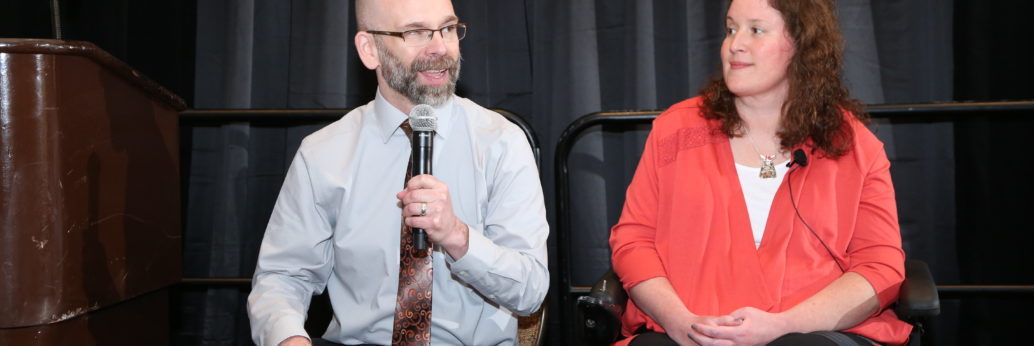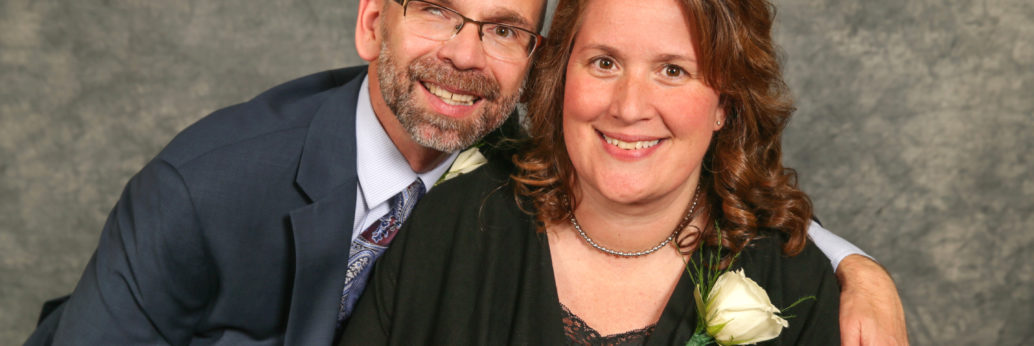Mannequins and disability. Who would think of such a strange combination? And who would want to see images like those? After all disability is different and strange, maybe even a little scary.
That differentness may explain why I would never expect to see images of the disabled as mannequins used in storefront windows. But that all changed when Dan sent me a link he saw on Facebook. It was to an article about how some physically disabled figures quickly became the center of attention late last year.
The Internet and social media were abuzz telling the story and showing a video about disabled mannequins being the celebrated centerpieces of storefront windows on the downtown streets of Switzerland’s largest city.
To celebrate International Day of Persons with Disabilities on December 3, Pro Infirmis, an organization for the disabled, created a series of mannequins based on real people with physical disabilities for various Zurich store windows.
Jasmine Rechsteiner, a Miss Handicap winner who has spine malformations, and Erwin Aljukić, an actor with brittle bone disease, were a few of the real-life models. This creative endeavor was captured in the video, “Because Who Is Perfect?”
You see the enjoyment and pride of the models as they see their own unique bodies recreated for the first time. Instead of being hidden away, feared or ignored, as if disability doesn’t exist, these human forms were celebrated, thereby making a beautiful and important statement. Furthermore, the mannequins gave those curious about disability and its appearance, the opportunity to look and not feel threatened for their long questioning glances. By increasing awareness about disability, these mannequins also opened a dialogue about the disabled population.
However in doing so, this exhibit forced me to ask a few questions.
First, I wondered if the United States, home of the Americans with Disabilities Act, would in reality be open and accepting enough to have mannequins like these grace our storefront windows? Especially considering the reality that a 1997 US Census Bureau report found that nearly 1 in 5 Americans were living with some sort of disability. Disability may be more of a majority than Americans realize or accept, and is therefore still a taboo subject.
Second, in relation to that first question, I wondered if by making a big deal about including the disabled body, are we not further emphasizing that people with visible disabilities are unlike the able-bodied norm? Furthermore the United Nations estimates around 15 percent of the world’s population or about 1 billion people live with disabilities, why then is it a big deal to see the disabled body? Why is there still stigma attached to this? By accentuating the difference, do we continue to hold this population to a place of lower importance?
My final point is more of a statement followed by a question. Since 2002, I have identified myself with my wheelchair. My Multiple Sclerosis has made that so. Because I am no longer able to walk, my mobility and my day-to-day existence are dependent on my chair and what it has given back to me. And if there was a mannequin of my body—and I am surprised this is not the case for the wheelchair users in the video—my body would not be accurate without my chair, kind of like Clark Kent without his glasses. But is it just me, or is my thinking flawed? My wheelchair is part of who I am, so why should I deny that point?
This exhibit made me think about disability, but mostly I thought of its intended question: “Because Who Is Perfect?” Did it leave you wondering the same thing?





I have seen a mannequin in a wheelchair at Kohl’s. The first time I saw it–I did a double take. Didn’t really give it much thought as I wheeled through the store in my own chair. But later, I came to realize it was pretty cool. Good to see. And I admire Kohl’s for taking the step forward!
Thanks for your comment, Doug. Looks like Dan and I will have to take a trip to Kohl’s. What a bummer 😉
And Dan sent me this link, http://www.huffingtonpost.com/2014/01/27/disabled-disney-princesse_n_4673988.html, about Disney Princesses with Disabilities. Which is a fantastic answer to this question about perfection, don’t you think?
Disability might be different and strange, just as people without “disabilities” are different and strange, and they certainly should not be scary. More exposure to the supposedly “normal” public is good. I mean, grandparents can be scary-looking to a toddler, but the more they are exposed to the grandparents, the better the relationship becomes. We should accept that people are different in different ways, and move on with it!
I hear you, Lorna! We need to be educated and exposed to all sorts of people. I look forward to the day when we won’t need to move on because of difference, accepting different will be the norm.
A personal goal of mine is to “increase the visibility of disability”.the more “normal” it is to see people with disabilities out and about and participating in the world,the more normal and acceptable it becomes. Of course, the first step is to increase accessibility so that we can go out in the world.
Thank you for this great article.
Michael
Glad you got something from this, Michael. And as always, thanks for your insightful comment. I am all for increasing accessibility, too! Why would anyone want to keep such incredible people away just because of these darn chairs 🙂